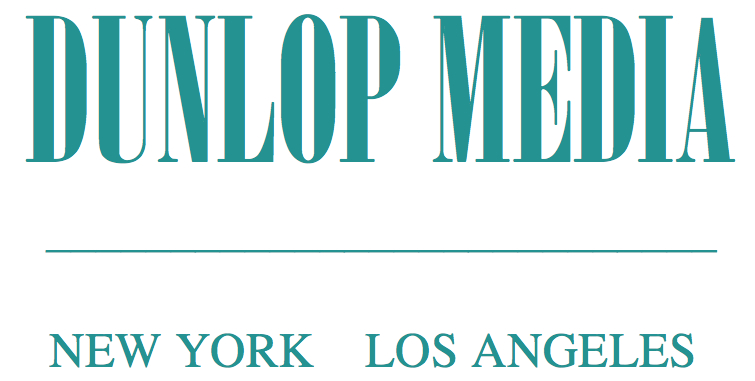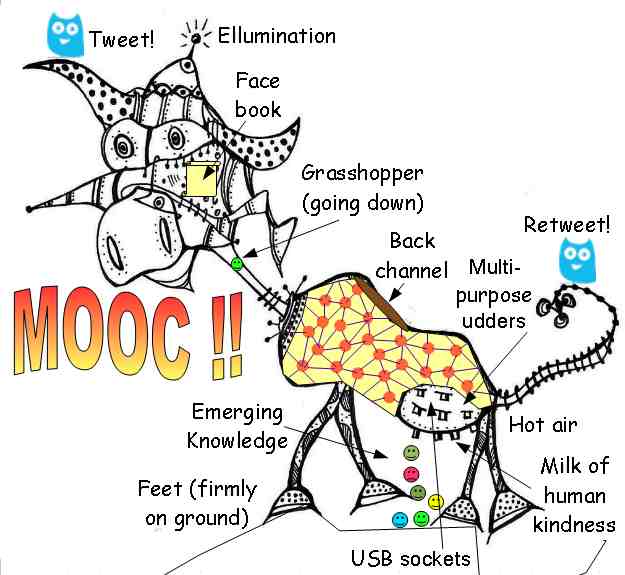In the wired world, the students have been handing out the grades - and they have been giving MOOCs, and their professors, an F. One study reports that the average completion rate for MOOCs is just 6.8 percent. That translates to a 93 percent dropout rate.
What’s more, one of the MOOC’s biggest mavens is now running, not walking, in the opposite direction. Sebastian Thrun, the founder of leading MOOC distributor Udacity, says his firm has “a lousy product,” and that he will reposition the company to focus on short courses aimed at professional development.
Please, Mr. Thrun. Not so fast. Before you tow your car to the information junkyard, let's at least look under the hood.
A central truth about the nature of MOOC's appears to have been lost on the vast majority of their creators. It is simply this: that MOOCs, at their essential core, are television.
Do not confuse the attributes with the essence - or the accidents with the substance, as Aristotle might say. A MOOC might have elements of Web-like interactivity. It might be watched in small snippets, instead of in hour-long chunks. And you will probably experience it on your iPad instead of in your living room. Delivery methods have changed and will change, but they have nothing to do with the core of the experience.
MOOCs, at bottom, are people, pictures, and ideas on a screen. They are television.
Grasp this basic truth - then survey the quality of the MOOCs that are out there. Is it any wonder that the substandard programming has led 93 percent of the audience to tune out before it’s over?
As a coach who has helped thousands of individuals to communicate more effectively in the visual medium, let me offer a few relevant takeaways from the MOOCs we've audited, as well as from the brave and open-minded professors we have counseled:
- MOOC's need to tell stories. "A growing body of cognitive research," wrote Chrystia Freeland in these pages in 2010, "is demonstrating something schoolteachers and entertainers have known for a long time: Most of us respond better to personal stories than to impersonal numbers and ideas." Television figured out a long time ago that the medium at its best when it tells stories. That means setting up your courses with a strong narrative arc from beginning to end.
- Don't reinvent the wheel. Observe the storytelling techniques on successful TV programs, and don't be afraid to emulate them. Set up characters. Identify problems. Create suspense. On the other hand, the majority of MOOCs we've encountered are set up like textbooks, which usually convey information without a strong story line. When your students retain more about the last 10 episodes of "Mad Men" than about the last installment of your MOOC, you have a problem.
- Presenters must loosen up. A large number of professors online come across as dweebish and boring. That may be acceptable - barely - with a captive audience in a lecture hall. It is lethal for your prospects on television. Presenters should lose the pocket protector mindset and learn how to relate to the camera, which is the principal conduit to the unseen audience. And that involves much more than looking at the lens.
- Break out of the visual jail. Too many MOOC presenters get lazy when it comes to the visual element. Some resort repeatedly, for instance, to handwritten notes captured by a virtual pen application. It's about as exciting as watching paint dry. Think creatively about visuals that could enhance your lecture - many of them are available at little or no cost in places like Wikimedia Commons. Ken Burns could make the Civil War come to life with creative use of tintypes, because he understood how to use them. You can too.
"This instrument," Edward R. Murrow said of television in 1958, "can teach, it can illuminate; yes, and it can even inspire. But it can do so only to the extent that humans are determined to use it to those ends." MOOCs are television - there is no avoiding that truth. If educators are truly determined to make the world their classroom, they have to learn how to adapt to the medium - and not expect the medium to adapt to them.






